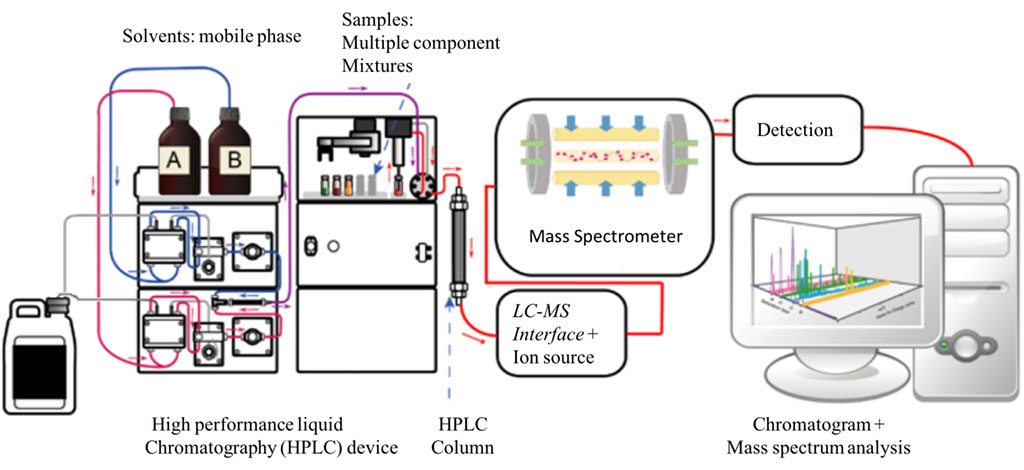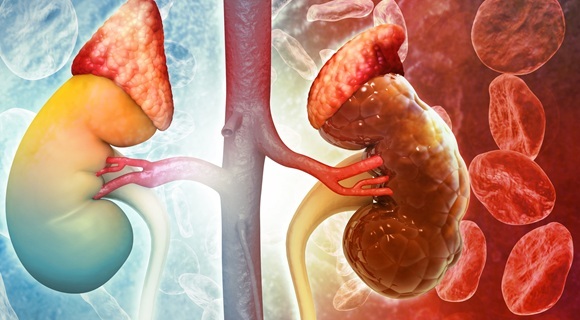A Rapid, Non-Invasive Skin Test for Diagnosis of Parkinson’s Disease
By LabMedica International staff writers
Posted on 22 Mar 2021
A team of British investigators has developed a rapid, non-invasive method for identifying Parkinson's disease based on compounds found on the surface of skin.Posted on 22 Mar 2021
The test developed by investigators at the University of Manchester (United Kingdom) was the product of previously published studies showing that volatile compounds on skin could be used to diagnose Parkinson's disease (PD). The compounds were localized to the sebum, which is secreted by the sebaceous glands in the skin. It is primarily composed of triglycerides (approximately 41%), wax esters (approximately 26%), squalene (approximately 12%), and free fatty acids (approximately 16%). Wax esters and squalene are unique to sebum and not produced as final products anywhere else in the body. Sapienic acid is a sebum fatty acid that is unique to humans, and is implicated in the development of acne. Sebum is odorless, but its breakdown by bacteria can produce strong odors.

Image: Diagram of an LC-MS system (Photo courtesy of Wikimedia Commons)
For the current study, the investigators used liquid chromatography-mass spectrometry (LC-MS) to analyze 274 sebum samples taken with swabs from the upper backs of participants (80 drug naïve PD, 138 medicated PD, and 56 well matched control subjects) in order to detect metabolites that could predict the PD phenotype. Result revealed that LC-MS identified10 chemical compounds in sebum, which were elevated or reduced in PD patients. Pathway enrichment analysis indicated that there were alterations in lipid metabolism related to the carnitine shuttle, sphingolipid metabolism, arachidonic acid metabolism, and fatty acid biosynthesis.
Senior author Dr. Perdita Barran, professor of mass spectrometry at the University of Manchester, said, "We believe that our results are an extremely encouraging step towards tests that could be used to help diagnose and monitor Parkinson's. Not only is the test quick, simple, and painless but it should also be extremely cost-effective because it uses existing technology that is already widely available. We are now looking to take our findings forwards to refine the test to improve accuracy even further and to take steps towards making this a test that can be used in the NHS (National Health Service) and to develop more precise diagnostics and better treatment for this debilitating condition."
The sebum analysis method was described in the March 11, 2021, online edition of the journal Nature Communications.
Related Links:
University of Manchester









 assay.jpg)




